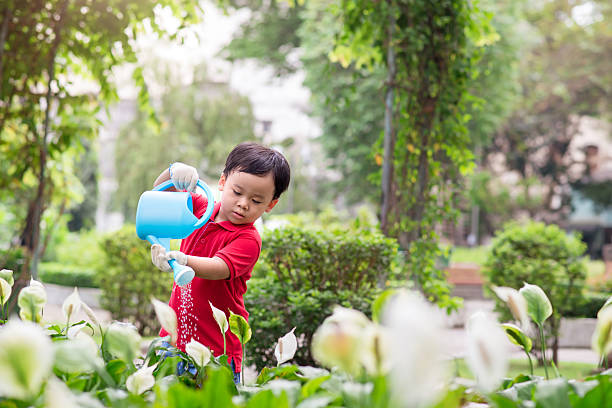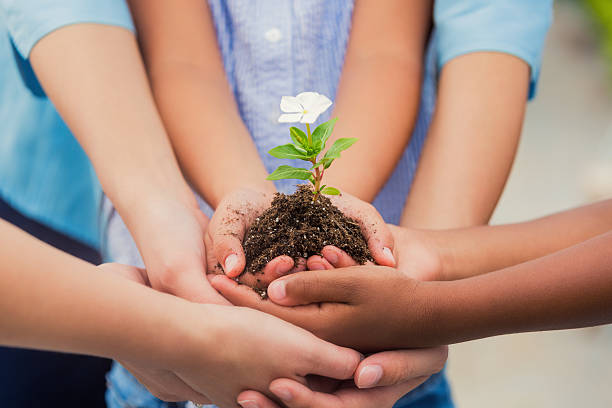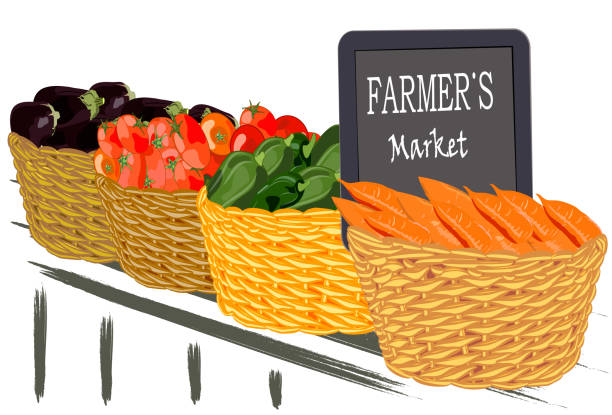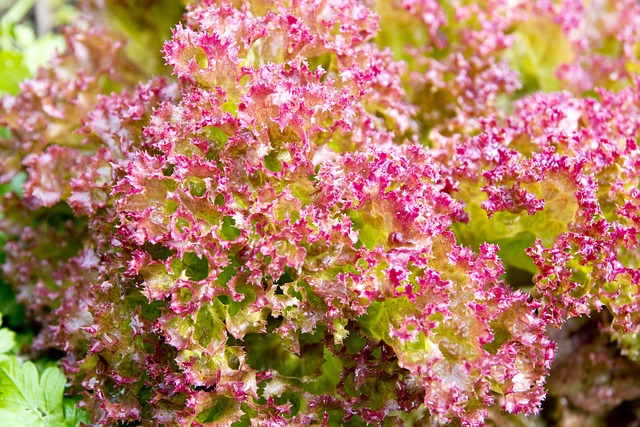How Crops and Horticulture Are Improving the Lives of Maldivians
Crops and horticulture in the Maldives have come a long way in recent years, providing a much-needed boost to the economy and improving the lives of Maldivians. By introducing more diverse crops and more efficient horticulture methods, Maldivians are now able to enjoy fresh fruits, vegetables, and other foods that were previously unavailable or too expensive to obtain. This blog post will explore how crops and horticulture are improving the lives of Maldivians.
The benefits of crops and horticulture
Crops and horticulture in the Maldives have a long history of providing sustenance and economic security to their citizens. Crops and horticulture provide an invaluable source of nutrition, as well as being a crucial part of the local economy. The variety of crops grown in the Maldives helps support traditional lifestyles and contribute to the food security of the country.
Crops and horticulture can help to increase incomes for small-scale farmers, provide employment opportunities for communities, and allow more people to access fresh, locally-produced food. The wide range of crops grown in the Maldives also allows for more diverse diets, which is essential for healthy and well-rounded nutrition.

Crops and horticulture also play a large role in environmental conservation. Not only do they help preserve traditional agricultural practices, but they are also beneficial to the environment in terms of preserving biodiversity. Additionally, crops and horticulture can help reduce the risk of soil erosion, which is a common issue throughout the region.
Overall, crops and horticulture in the Maldives are an essential part of life, both economically and nutritionally. They are a major source of food security and income for many, as well as providing a safe and sustainable way to preserve traditional agriculture practices. By taking advantage of their potential, the country can continue to benefit from crops and horticulture for years to come.
The types of crops grown in Maldives
Crops and horticulture are a vital part of the economy in the Maldives. Many locals depend on this industry for their livelihoods. The country is home to a wide variety of tropical fruits, vegetables, and spices that are commonly grown throughout the country. Some of the most popular crops include coconuts, bananas, mangoes, papayas, pineapples, and guavas. Legumes such as beans, lentils, and chickpeas are also grown.
Herbs, such as turmeric, ginger, and chili peppers, are also grown in the Maldives. Additionally, farmers often grow horticultural products such as flowers, ornamental plants, and shrubs. Crops and horticulture are essential components of food security and agricultural development in the Maldives.
The impact of crops on the economy
Crops and horticulture in the Maldives are a key part of the country’s economic growth and development. From an agricultural perspective, the cultivation of crops and horticulture provides several economic benefits, such as providing jobs and income to smallholder farmers, increasing food security, creating additional sources of revenue, and supporting local communities.
Cultivating crops and horticulture in the Maldives also helps to improve the nutritional value of diets by providing access to fresh fruits and vegetables. This, in turn, improves public health outcomes, reduces malnutrition, and increases overall well-being. Additionally, the revenue generated by crops and horticulture can be used to fund other sectors of the economy, such as health care, education, and infrastructure.
Overall, the impact of crops and horticulture on the Maldivian economy is far-reaching. By providing employment and income opportunities to smallholder farmers, increasing access to nutritious foods, and generating additional revenue for other sectors, crops and horticulture are playing a crucial role in the growth and development of Maldives.
The future of crops and horticulture in Maldives
The Maldives is a small country that relies heavily on its natural resources, particularly in the agricultural sector. In recent years, more attention has been placed on the cultivation of crops and horticulture in the Maldives. This has allowed for a wider variety of food to be grown and has helped to strengthen the country’s food security.
Various initiatives have been taken to support local farmers and the production of crops, such as the introduction of high-yielding seed varieties, improved irrigation systems, and fertilization methods. The government has also made it easier for farmers to access subsidies and loans and has provided training programs to ensure that farmers can produce better yields.
These efforts have already yielded positive results, as agricultural production in the Maldives has increased over the past decade. This growth has not only improved the lives of the Maldivian people but has also had an impact on the country’s economy. As more product is sold, farmers can make more money and this leads to higher incomes and better standards of living.

The future of crops and horticulture in Maldives is looking very promising. The government is continuing to invest in the sector, and with new technologies, improved techniques, and better access to subsidies and loans, more farmers are likely to join the industry in the coming years. This could lead to increased production and more diversified crops, which could mean more food security and greater economic opportunities for all involved.
Which form of agriculture is common in Maldives?
Crops and horticulture are a major part of the Maldivian economy, providing food for locals and visitors alike. Rice is the most common crop grown in the Maldives, with other grains and vegetables such as maize, onions, and tomatoes being widely produced.
In addition, local horticulture is also popular, with fruits like watermelons, mangoes, and bananas being some of the most widely grown. Additionally, coconut trees are also popular in the country and used for producing copra and oil. All of these crops and horticulture products play an important role in the lives of Maldivians and their economy, providing food security, income, and nutrition.
Temperature is the biggest challenge for cultivation in the
Maldives. The country’s climate is warm and humid, with temperatures ranging between 24°C and 31°C. This makes it difficult to cultivate most types of crops, as they require a certain level of temperature and humidity to grow. Even so, Maldivians have long been cultivating local crops like yams, sweet potatoes, tapioca, and bananas.

More recently, Maldivians have been experimenting with cultivating other crops such as rice, corn, okra, and various types of vegetables. Despite the challenges associated with cultivating crops and horticulture in the Maldives, its inhabitants have found ways to make it work by adapting their agricultural practices to the local climate. The result is a thriving agriculture sector that is helping to improve the lives of many Maldivians.

